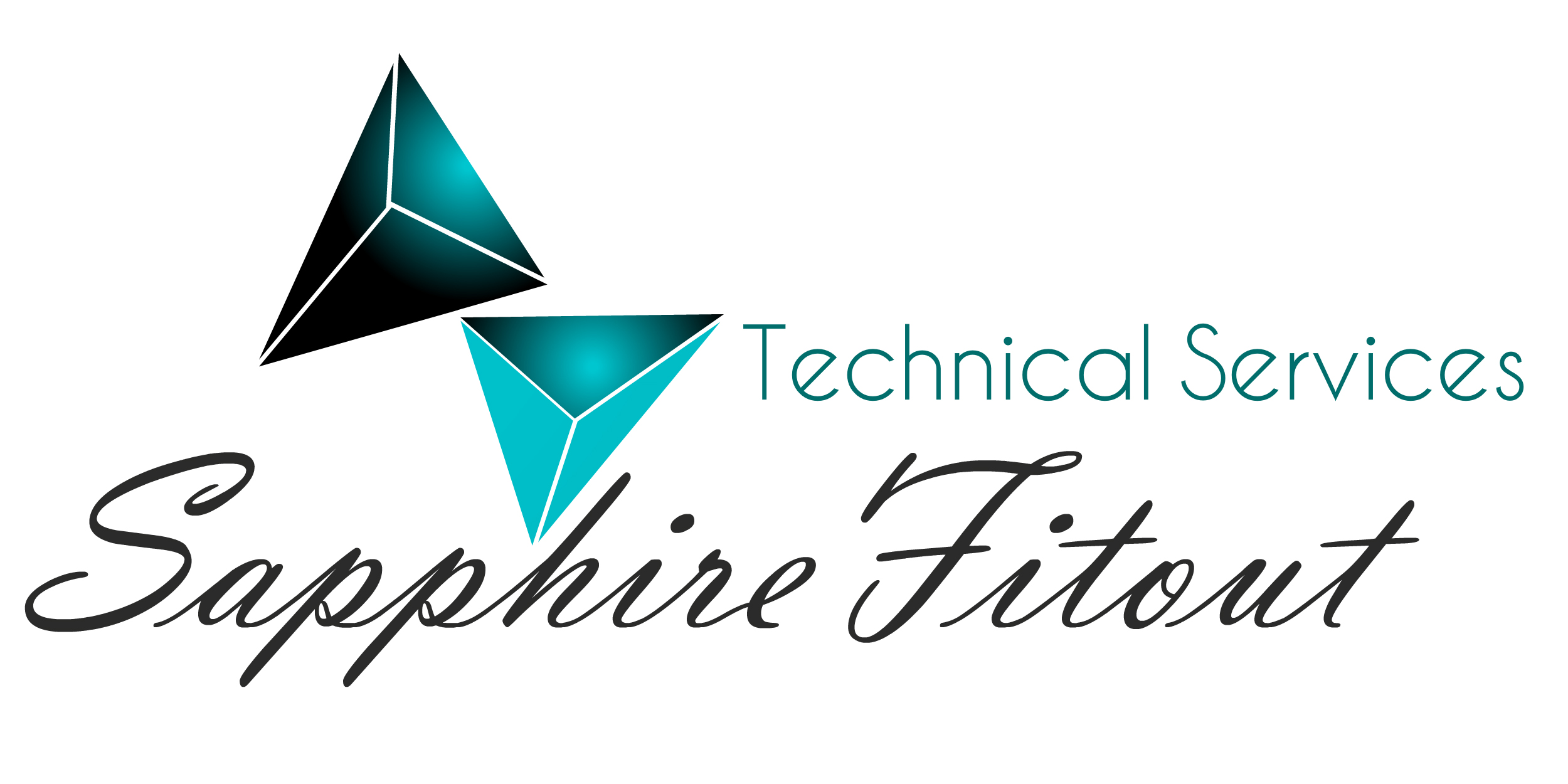Board management software simplifies the scheduling, preparation, and management of important meetings. It allows users to create an archive of meeting documents as well as annotate them, make comments, and easily share them for productive discussion. It also lets participants access documents, join virtual meetings, as well as take notes throughout and after the meeting. The user should take into account their budget, their technology requirements, and organizational requirements when selecting the most suitable board platform. They should also check for additional costs and the scalability the product, for instance data storage continuous training, as well as mobile apps.
It is crucial to consider how well the system can be integrated with the existing platforms and tools. The best option is to choose a platform that is fully integrated with third-party systems that allow for simple use and greater functionality. It is recommended to select an option that gives users to integrate their calendar and productivity apps. Another feature is the member directory organization, which assists organizations manage director information and connect to their committees without compromising board-only board management software records.
Users should read reviews and write descriptions of different products in order to find the best board software. Examining features such as security, user-friendly, and collaboration abilities is also important. They should also make a list of features they believe are necessary and desirable in order to reduce their options and determine potential vendors. They should also ask for references and contact details and review each vendor’s responsiveness and customer service.




